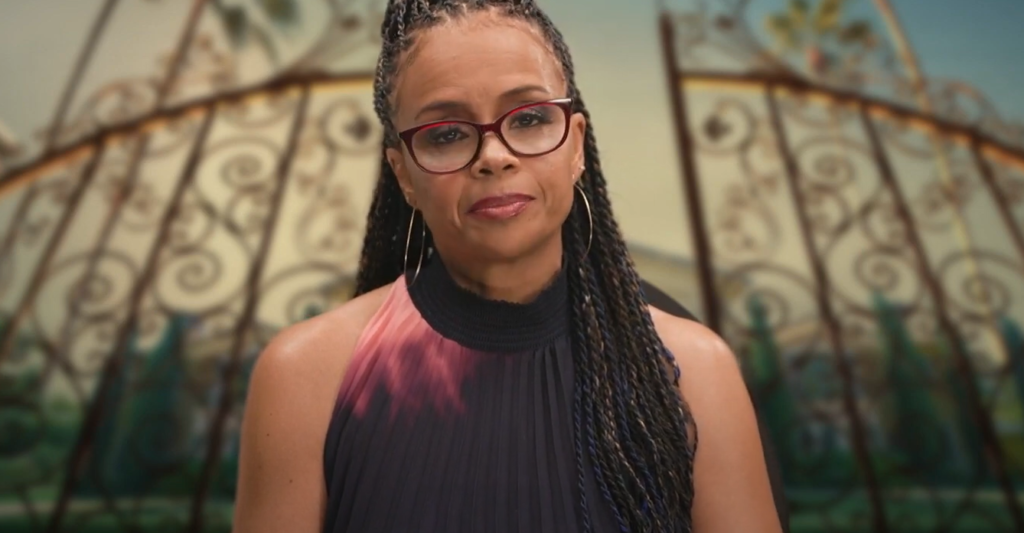How do you solve a problem like LGBT characters dying at disproportionate rates on American television? How do you catch a trope and pin it down?
With the fandom uproar over the slew of LGBT character deaths this year, particularly of queer female characters, and the “LGBT Fans Deserve Better” campaign it inspired, writers in Hollywood have begun to take notice. So now exists the question of what action, if any, they will take.
At a Writers Guild event last week, the subject of the “Bury Your Gays” trope came up. According to details from The Hollywood Reporter, the topic left many on the panel at a “loss for words.” That a complicated issue like improving the portrayal of underrepresented groups would be difficult for some to discuss isn’t surprising. But it is disappointing.
On the panel, showrunners and writers from “American Crime Story,” “Crazy Ex-Girlfriend,” “Faking It,” and “How to Get Away With Murder,” all seemed at a loss at how best to handle the trope. Some writers have responded by creating and signing the nicknamed Lexa Pledge, a multi-point declaration of support and actions meant to improve LGBTQ representations.
But when queried on the pledge, which was created by showrunners and writers of the Canadian series “Saving Hope,” the panelists balked. “Faking It” showrunner Carter Covington said, “If a character dies and it had a bad message, I support [the Lexa Pledge]. [But otherwise] it’s dangerous to tell the showrunner how to tell a story.” Unfortunately, too many writers see what “LGBT Fans Deserve Better” supporters are asking for as simply demands for censorship instead of suggestions.
We’re not asking for an all-out moratorium of LGBT character deaths. Nor are we saying all shows that kill off an LGBT character are irredeemably bad. What we are saying is that writers need to be conscious of the existing trope and the long history of tragic LGBT portrayals on television.
According to a report by Autostraddle, only 10 percent of lesbian or bisexual female characters have been given a happy ending on shows that have aired since 1976. In contrast, 31 percent of lesbian and bisexual female characters died during that same period.
For LGBT fans, this trope holds deeper ramifications beyond that of simply a story told on screen of the continued discrimination, hatred, and violence queer people face on a daily basis. Just ask trans men and women in North Carolina, who simply want to use the restroom in peace, what it would mean to see more positive representations of themselves on television.
When we are shown tragic stories about ourselves over and over again, it becomes a cultural narrative that is hard to shake — both in the community and among straight viewers. We’re not asking for our stories to be all rainbows and sunshine, we’re asking for our stories to reflect the rich and varied truths of our real lives.
The truth is there is no one magic bullet to creating more and better LGBT representation on television. But a pledge like that created and signed by more than a dozen writers and producers helps to tackle the problem on multiple fronts. Write more fully realized LGBT characters. Consult advocacy groups and hire more LGBT writers. Refuse to use LGBT characters as merely plot points for straight characters.
The mindset of us against them from the creative class and the fans is one of our biggest obstacles. Fans aren’t asking to wrest creative control from anyone. Instead we’re asking for better stories. Fully realized LGBT characters, like fully realized characters of color and characters with disabilities and other underrepresented groups, make TV better — period.
In the end, the “Bury Your Gays” trope is just like any other trope — tired and uninspired storytelling. So to get away from it should be the goal of all storytellers.
Dorothy Snarker is Women and Hollywood’s queer columnist. She writes at dorothysurrenders.com and is a regular contributor at AfterEllen.com. Also find her @dorothysnarker.







